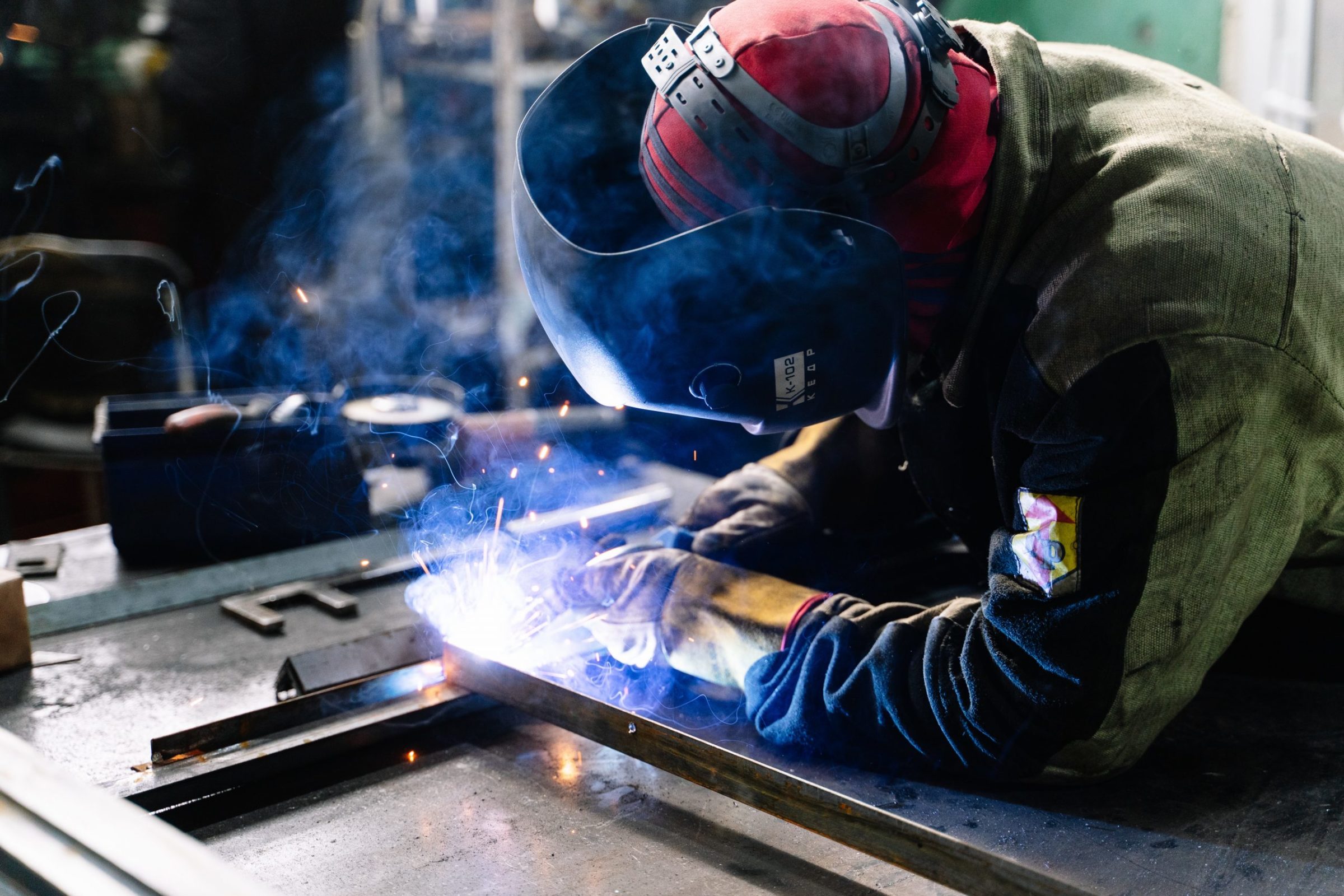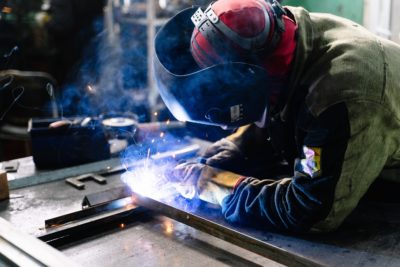Arizona, like many other states in the U.S., is facing a labor shortage across many industries. The struggle to meet today’s workforce demand has near term implications such as longer wait times in the service sector, reduced capacity for manufacturing companies, lengthier project timelines for developers and overall increased costs. But the consequences of an inadequate labor pool will also be felt in the future. But the West Valley has taken steps to build the skilled workforce needed to fuel growth.
“The war for talent is absolutely real. When we look at the weighting and criteria we have on a project, it’s easy to see 70-80% of the decision based on the [current] supply and the future pipeline of labor,” says David Hickey, managing director of Hickey & Associates, at WESTMARC’s Economic Development Summit in May. “If you don’t have the people to do the job, and you’re not going to in the future, then that location is certainly not going to work. We’ve seen countless projects in the past that have unfortunately met that fate, and now it is more competitive than ever.”
Rebekah Morris, president and founder of AZBEX, explains at WESTMARC’s Economic Development Summit that Arizona’s construction industry has experienced whiplash in terms of activity over the last 15 or so years. In 2006, the state reached its peak level of construction dollars being spent, totaling $21.67 billion. A few years later in 2010, the industry saw its nadir at $8.44 billion.
“We’re now sitting at $18.1 billion,” Morris notes. “There was nearly 20% year-over-year growth in construction activity from 2016 to the end of 2020. [It] nearly doubled.”
The difficulty of keeping such a pace, Morris says, is borne out in the data — 2021 only saw a 2.03% increase in growth. For the hot streak in the Grand Canyon State to continue, a concerted effort is being made to build that talent pipeline in the West Valley that will not only help the region weather the great resignation, but fortify efforts to attract businesses from multiple industries.
West Valley workforce
Phoenix Metro’s western region has undergone a metamorphosis in recent decades, transforming from an area with an agricultural emphasis to one where industrial developers compete for the last remaining bits of land along the Loop 303 corridor. With those changes, so too have the needs of employers and the opportunities available to workers.
At the height of construction activity in Arizona — 2006 — there were 240,000 jobs across the state compared to 111,000 in 2011, according to Morris. “We’re at 182,600 jobs statewide as of March 2022,” she says. “We’re still 24% off of our [peak levels of] activity, about 22% off of our revenue [and] about 24% off of our employment numbers.”
Morris notes that employers in the construction industry are grappling with vacancies. She mentions three conversations she’d had with employers that illustrate the issue: an architecture firm with a headcount of 28 when it needs 40; a roofing subcontractor with 65 workers in the field that has enough business to support 100; and a precast manufacturer that has 150 people on staff but wants to be closer to 275 to keep up with its workload.
“We have $4 billion worth of projects that we think the demand is there for. We know these projects are real — they have the design firm, the contractor, the plans,” Morris says. “Everything is in place, but they’re not moving forward because the market is constrained. We need workers at all levels, the less-skilled, highly skilled, even management and technical professionals.”
Despite a shortage of workers, Hickey sees the West Valley continuing to have great potential for expansion.
“In the morning, you see more brake lights than headlights. Those are the types of markets we look for,” he says. “Where is that next location where people are having to travel further away [for work] but has a talent pipeline out into the future? That’s where you might find that future workforce development. It’s an incredible opportunity for the West Valley for the coming years and well into the future.”
Build it and they will come
During WESTMARC’s Economic Development Summit, Randy Gibb, incoming provost of Grand Canyon University (GCU), announced a workforce development partnership with Rosendin Electric. Starting in September, at least 40 students will embark on a fully funded, pre-apprenticeship program that consists of four college courses.
“Along with the entire construction industry, [Rosendin Electric] is in need of more electricians. These are commercial industrial electricians that build massive projects such as data centers, professional sports stadiums, arenas, high tech office complexes and solar energy systems,” Gibb explains.
“After one semester, students will begin their apprenticeship to become a journeyman electrician. This is a three-to-four-year paid apprenticeship fully supported by the electrical industry.”
This is just one of many efforts being led by West Valley institutions to address the need for more workers. ARIZONA@WORK is a statewide workforce development network that assists employers in recruiting, developing and retaining talent. CJ Williams, assistant director of the workforce development division within Maricopa County Human Services, explains at WESTMARC’s Economic Development Summit that constant communication between stakeholders is essential for building resilient talent pipelines.
“There are a lot of one-off efforts in this space with positive intentions, but it’s less efficient than if we were to truly all come together and rally around some of the workforce development efforts that are out there,” he says. “Organizations like WESTMARC and what they’re doing with West Valley Pipeline is critical. It’s a good approach, but there are no trophies for figuring out the best model. We all just need to work together and articulate what those pipelines look like.”
Awareness of career paths and the credentials needed to work in a particular occupation is often the first step.
“When we’re talking about the K-12 system, career literacy starts at the elementary level. We need to get ahead of that because if you talk to a high school senior about advanced manufacturing, they don’t necessarily know what a day in the life of that career would look like,” Williams continues. “I don’t think it’s coincidence that historically, a lot of youth travel in their parent’s footsteps and enter into similar careers. We need to build that same understanding and literacy around all career pathways.”
West-MEC, for example, is a public career and technical education district that offers certification courses for high school students in the West Valley. Juniors and seniors enrolled in a West-MEC program can earn certifications in various trades — such as welding, HVAC, electrical and construction — along with training in health sciences, technology, manufacturing, automotive and more. Adult learners can enroll in a smaller selection of programs designed to accommodate typical work schedules.
While technical know-how is needed, companies look for qualities in workers that are harder to quantify. “What we hear from employers is, ‘Bring them to us hungry to learn, with the ability to communicate, manage their time, prioritize tasks and think critically. We’ll equip them with the technical skills and teach them how to do business our way,’” Williams explains.
Morris notes that the companies that have their own career development and training plans play an important part in the pipeline, which thrives on an accumulation of efforts from many.
“Those [employers] are the ones that recruit, hire, train and retain workers as best they can. The Rosendin partnership is them saying, ‘Let’s go find a bunch of people that probably need jobs and need a career path,’ and GCU is a perfect partner for that,” she concludes. “There is no single magic bullet.”
https://azbigmedia.com/business/how-the-west-valley-is-building-the-workforce-needed-to-fuel-growth/


